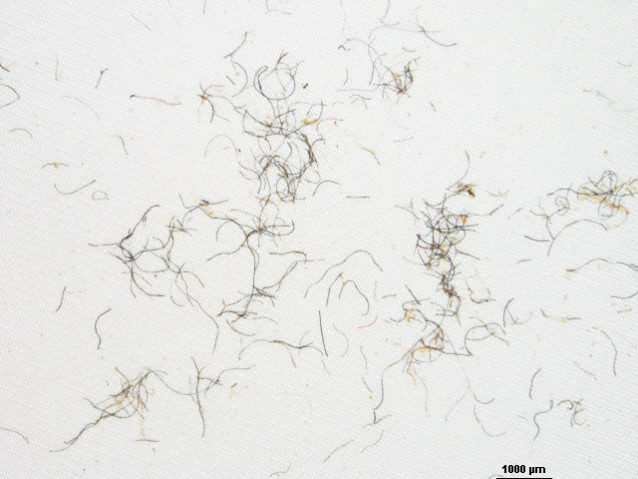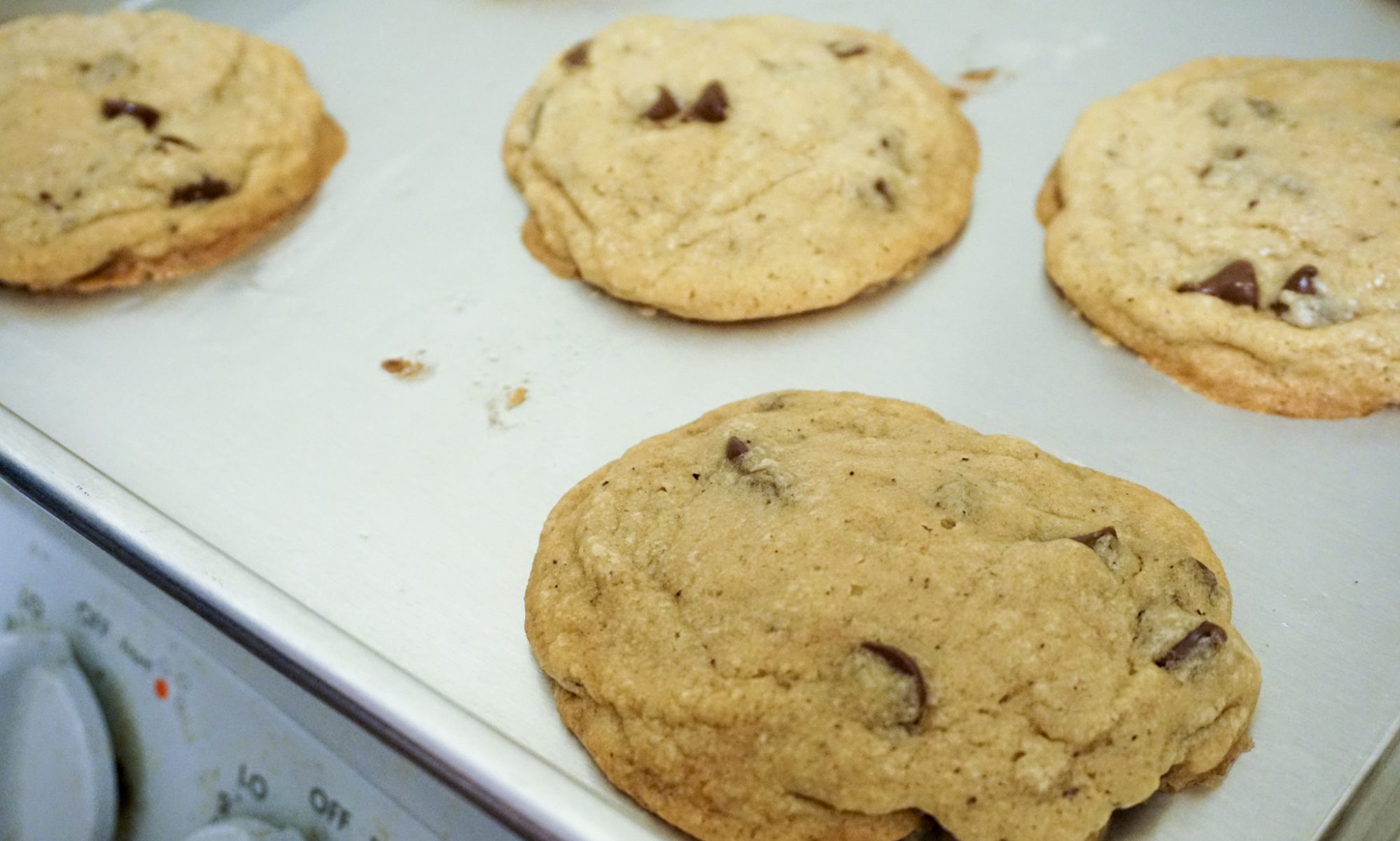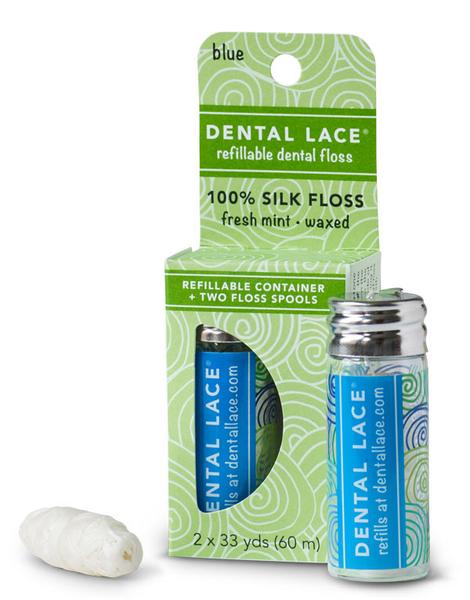
There is growing concern over the presence of plastic microfibers in the environment. Here is The Story of Stuff on the issue. Basically, when you wash plastic things (clothes, sponges, plastic containers, etc) or when plastic things degrade, they shed little pieces of plastic. These end up going down the drain to water treatment facilities. Unfortunately, most water treatment plants don’t have the means to filter these out, so they get released into local bodies of water and eventually end up in the ocean.

There’s a lot of worry among environmentalists and marine biologists about potential effects on marine ecosystems, upon which humans rely, and the environment as a whole. It seems reasonable to think that if humans eat fish that ate plankton that ate microfibers, humans might experience negative health effects. However, before now, no one knew for sure if people were being exposed.
A recent analysis established that most tap water contains microfibers (94.4% of all samples in the US). Additionally, another project found that sea salt from various parts of the world contains plastic microfibers.
What can you do to help?
- Wash your clothes less. This especially applies to those made of synthetic materials, like polyester, lycra, nylon, spandex.
- Buy clothes made of natural materials, like wool, cotton, linen, hemp.
- Wash your clothes on cold. Higher temperatures cause the materials to break down faster and shed more plastic particles.
- Likewise, line dry your clothes instead of using the dryer.
- Use liquid detergent instead of powder. Powder is more abrasive and causes clothing to shred more.
- Don’t litter. Plastic items, like plastic bags, break down into microfibers in the environment. While it would be ideal to not use these items at all, it’s better for them to be in a landfill than in the ocean. When throwing a plastic bag or other flyaway item away, tie it into a knot first to make it less aerodynamic.
There are other things you can do, but they require more of an investment. You can purchase a washing machine lint filter (I’ve seen this and this recommended). You can also purchase a Guppy Friend, a (plastic…) bag to wash your clothes in. They are supposed to filter out 99% of microfibers.

